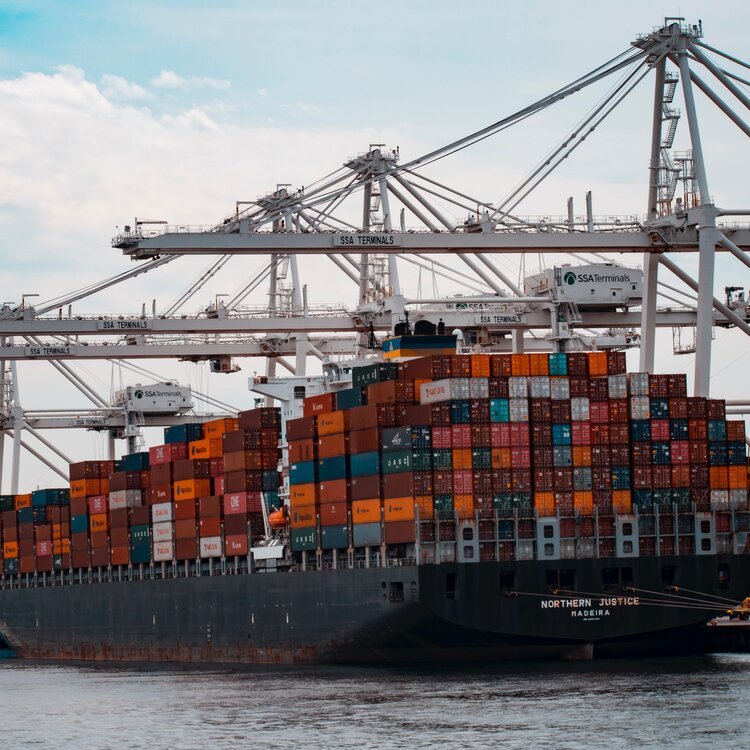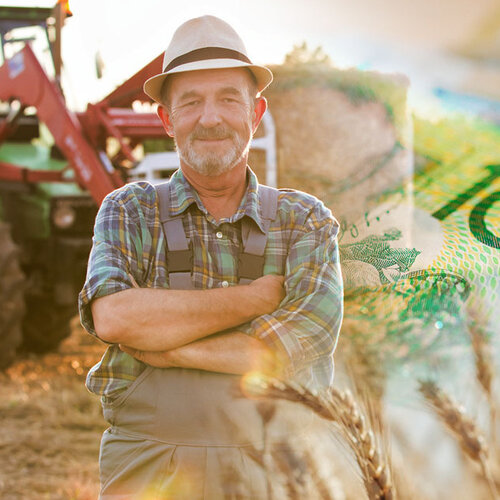Hear from our partners: Aglive
Australian farmers, retailers, producers, logistic workers and all individuals along the entire supply chain of a business have been doing it tough. From droughts, fires, COVID-19, trade tensions, supply chain closures and price pressures, there have been countless challenges. But Australians remain resilient in the face of adversity.
It is during these times that industries across the world are forced to innovate to solve some of the world’s most complex problems. Australian farmers and brands are now turning to innovative paddock to plate solutions, in order to prove the authenticity and provenance of their products across the entire supply chain.











